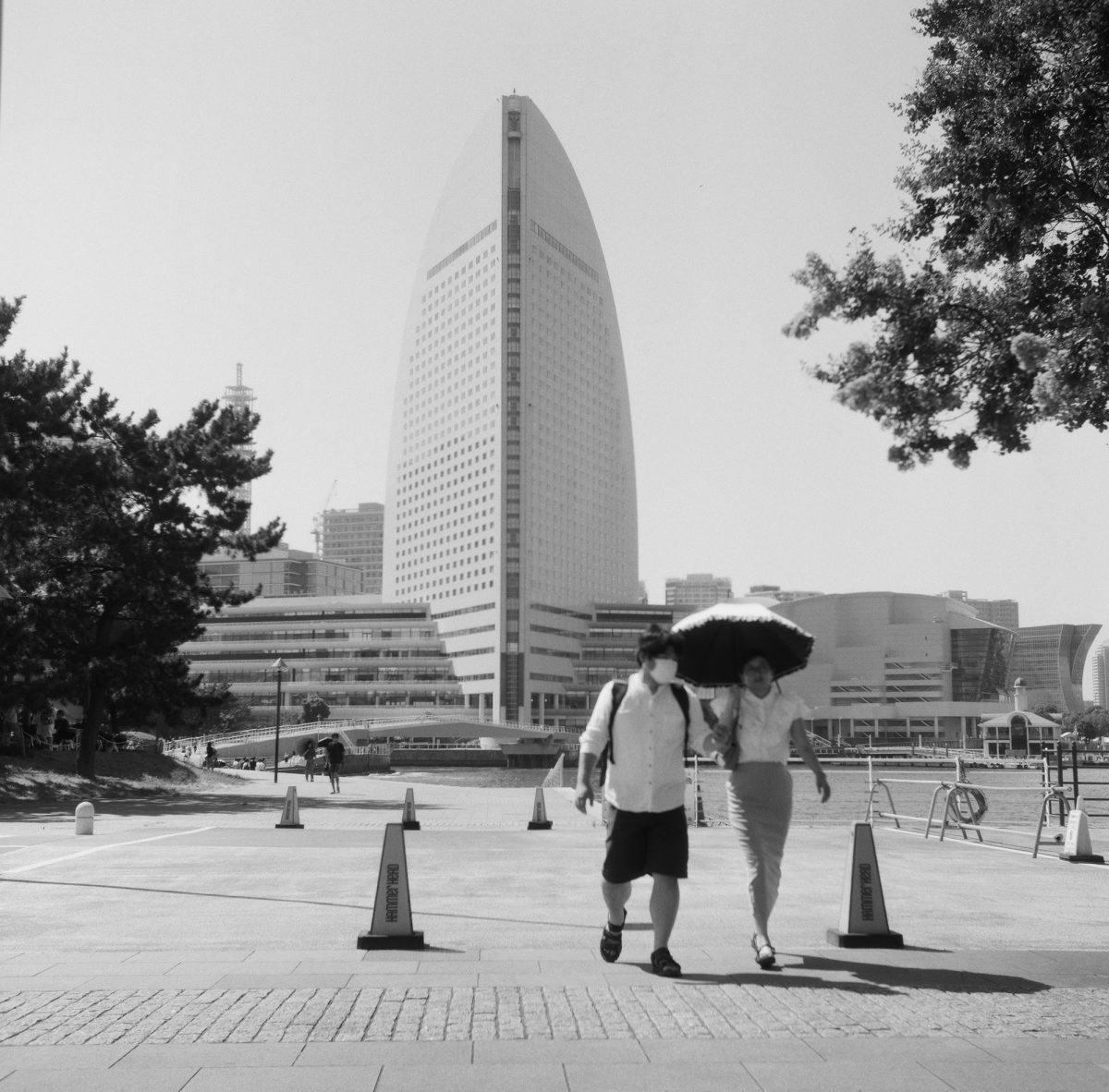(Note: This interview has been edited for clarity and cohesion, preserving the core meaning of the interviewee’s response.)
After nearly a year of gathering stories of young climate activists and innovators across four continents, the Christian Science Monitor has debuted its newest series: The Climate Generation.
The Monitor’s Toronto bureau chief, Sara Miller Llana, and environment correspondent, Stephanie Hanes, collaborated with reporting coach and project director, Clara Germani, to tell the stories of a generational force of climate change activists and innovators.
The team traveled to the Arctic, Namibia, Bangladesh, and other regions to identify young people born after 1989 who are leading the fight against climate change in their communities.
The resulting series tells the story of a generation united by a common goal: preserving their environment and future in the face of an existential threat.

What led to choosing the climate change angle for this story?
Stephanie Hanes:
We started discussing some of the key issues facing this generation, and we landed on climate change pretty quickly. From both our experiences, we realized that this was an issue affecting everyone in this generation, regardless of where they lived, their demographics, socioeconomic status, or ethnicity. While the impacts were certainly disproportionate, no one in this generation was going to live in a world unchanged by a rapidly heating planet.
What was Children in Darkness, and how was it the impetus for the positive outlook of this project?
Sara Miller Llana:
That was a project that the Christian Science Monitor did in 1987, right before the UN adopted the Convention on the Rights of the Child in 1989. A team of reporters, along with the main photographer—who interestingly also worked on Children in Darkness—traveled the globe, documenting the absence of children’s rights, such as issues involving child prostitutes, child soldiers, and child laborers.
She told me about that project when we were on assignment together years ago, back when I lived in Latin America. I loved the idea of looking at a global demographic in such a powerful way. I had always wanted to do something similar. Last year, Stephanie and I joined forces. Stephanie is the climate and environment reporter, but initially, we weren’t focused on that topic. We talked about mental health, poverty after the pandemic, and various other issues, but we pretty quickly settled on climate change.
How did you choose from such a large pool of innovators?
Stephanie Hanes:
We were covering an entire generation, and we could have written this story from anywhere because climate change affects every place and every future.
We went through a methodical process to identify places emblematic of the big challenges in climate. For example, we knew we needed to feature the Arctic because it’s warming the fastest. We wanted to include Bangladesh, as it’s a model for sea-level rise challenges and resilience. The US was another must, as it’s the greatest historical emitter of greenhouse gases, making its actions critical for global response.
So, while there were many other places we could have chosen, we focused on what would best illustrate the scope of climate change challenges and responses across the globe.
How did you choose your areas of focus?
Sara Miller Llana:
We started with six places because we had already decided to tell the story through cover stories. We couldn’t run 15 cover stories in a row, so writing seven in a row was likely a record for our newspaper.
As Stephanie mentioned, we looked for places emblematic of both the problems and solutions. We essentially mapped it out, trying to represent the globe as much as possible while addressing critical issues like food systems and renewable energy. Within the limitations of six locations, we aimed to illustrate this generation as comprehensively as possible.
How did you decide upon the digital formatting of the story, particularly the interactive map on the main splash page?
Clara Germani:
Well, I’m not technical—I know nothing about how these things are done. That’s probably why I’m a troublemaker, constantly suggesting ideas like, “We need an interactive map,” which initially caused some hesitation.
This time, I insisted, and the team was prepared. We had asked them ahead of time to collect audio, not just for the map but also for the podcast. Despite being a small team without vast technological resources, we managed to add audio to the podcast and create the map.
While you were in the field, were you thinking about how these elements would come together?
Sara Miller Llana:
Before we left, Clara asked us to capture video whenever possible. Most of our visuals were stills because Melanie, the photographer, isn’t naturally drawn to video work. She does it when necessary but doesn’t love it.
I’ll admit, and maybe this betrays my age, that I found it challenging to juggle everything. I’d be so focused on interviews and words that I’d forget to take photos or shoot videos. I captured video when I remembered, but it’s different from being a dedicated video journalist.
Stephanie Hanes:
It reminded me of being a foreign correspondent in the 2000s, back when journalists were suddenly expected to do everything. I’d travel with 17 cameras, barely managing it all. Later, I worked with skilled photographers and video journalists, who were tremendously better at it. While I still try to do some of it, I definitely lean on others with specialized skills.
What inspired the animations and graphics used to promote the series?
Stephanie Hanes:
Climate change is often presented as complicated, scary, and grim, with graphics showing percentages of the Earth in flames. That wasn’t the message we wanted to convey. We aimed for simplicity.
Sara Miller Llana:
We also wanted the project to resonate with a younger audience—not just 20-year-olds but also eight- and ten-year-olds. They are part of the climate generation too. The goal was to create something accessible and age-appropriate, avoiding “doomer-ism” while inspiring hope and action.



